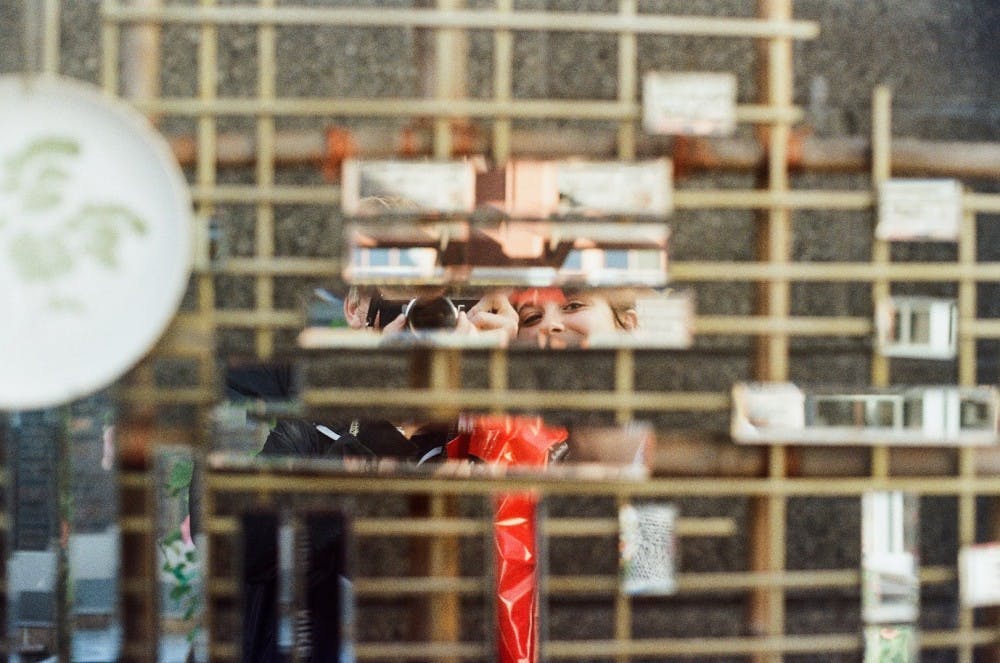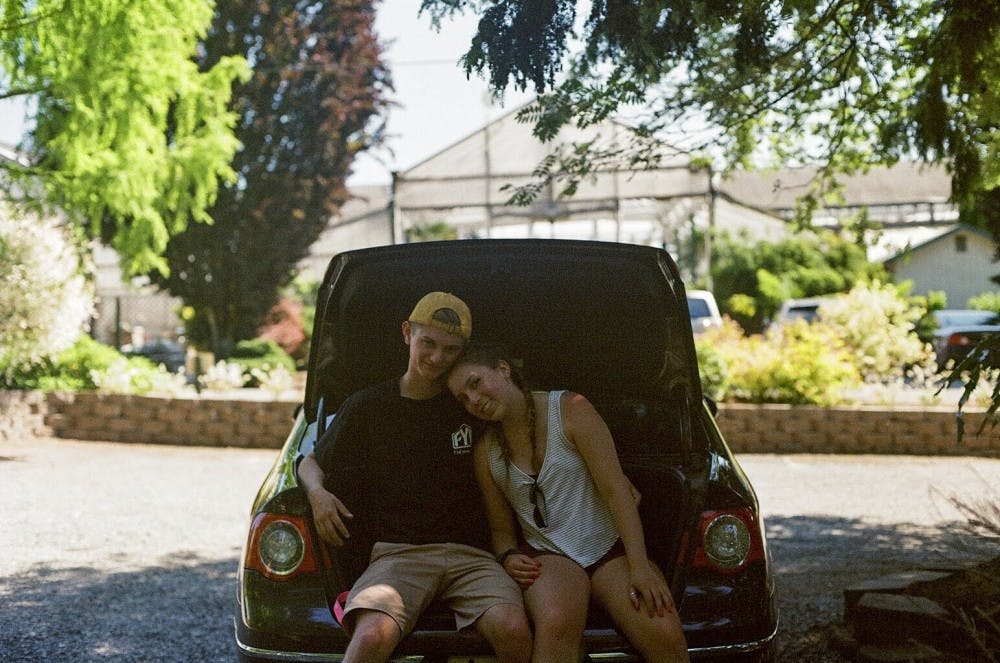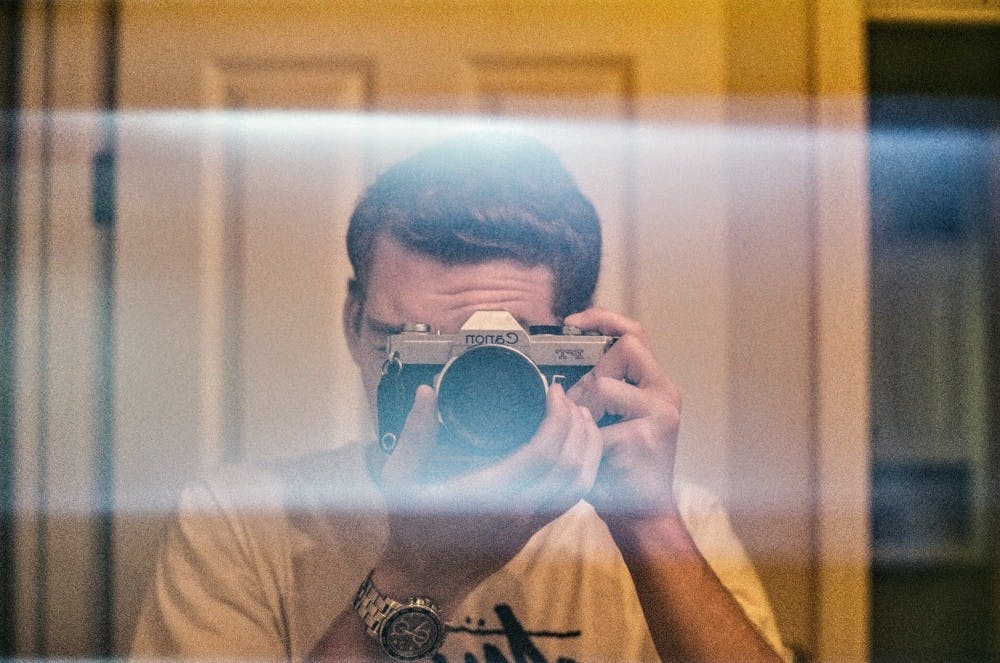All too often I see someone walk up to something interesting, rattle off twenty or so pictures on their phone or worse, their DSLR, quickly look through the pictures they got, think to themselves, “Eh, one of these is bound to turn out” and walk away. Admit it, we’ve all been there, myself included.
While this “spray and pray” technique is often effective in capturing an image, it rarely yields the image you’re after. So, what’s the best way to capture that prime image you’re after?
Be a better photographer.

No, that isn’t meant to be an insult, it’s simply a fact of the matter. And you, Mr. DSLR-owner, you’re not off the hook either. Everyone, of all levels of experience, can learn about photography and the best way to do that is by learning to shoot on film.
Using a fully-manual film camera is the ideal learning tool as it is a camera stripped down to the bare essentials. The film speed (the analog equivalent to ISO) is fixed, leaving the photographer to manage focus, shutter speed, aperture, and frame advance.
A film camera is primitive in comparison to today’s digital cameras and is not as technically capable, but this is for the better in the context of learning. Because the camera’s capabilities are limited, it forces you, the photographer, to not only understand how each setting works, but also how to compose a more interesting photo.
You are required to do more with less.

While shooting on film, you must be present, observant, creative and have a technical understanding of the camera settings in order to capture your ideal image. You will be significantly limited by shutter speed, meaning that you will struggle to freeze subjects in your frame as the maximum shutter speed is only 1/1000 of a second. It sounds fast, I know, but most digital cameras can capture a frame at 1/8000 of a second or faster.
Further, you are limited to a single frame per second (if you’re fast) because you have to manually advance the film to the next frame, which slows things down tremendously. The most notable difference, however, is that after you have taken an image, you have absolutely no clue whether that shot came out or not. You have to wait until you finish the roll and develop it to see if you got it or not.
This can be stressful for a lot of people (trust me, I’ve been there), but all of these things make you a better photographer because it forces you to anticipate the image-worthy moment and work around the technical limitations of your equipment. If you can take stellar photos on an old film camera using only the computer between your ears, just imagine what you can do with a modern camera and the cutting-edge technological sophistication that comes with it.



Okay, so now you’re sold on trying film, but you’re hesitant because photography is expensive, and you don’t want to dump a ton of money into equipment that you might not use often. I have good news for you, dear reader. Film cameras are quite easy to pick up (second hand, of course, because nobody makes film cameras anymore) for relatively cheap because, let’s face it, they’re pretty archaic. This means that you can find a prime example of a top-notch camera for anywhere between $25 and $100, which is a fraction of the price that a digital camera would cost you.
“But what about film,” I hear you typing in the comments. Rest assured, you can purchase film inexpensively at many grocery stores and, if they sell film, they can likely develop it for you which all in is still far less than a digital camera.
So, there you have it, reader dearest — my two cents as to how you should get into photography. I hope this was helpful and I sincerely hope that you enjoy yourself out there, or, at the very least, can use film photography to understand why the camera on the back of your phone is such a technological feat.
Brennan Crowder is a photographer at The Beacon and can be reached at crowder22@up.edu








